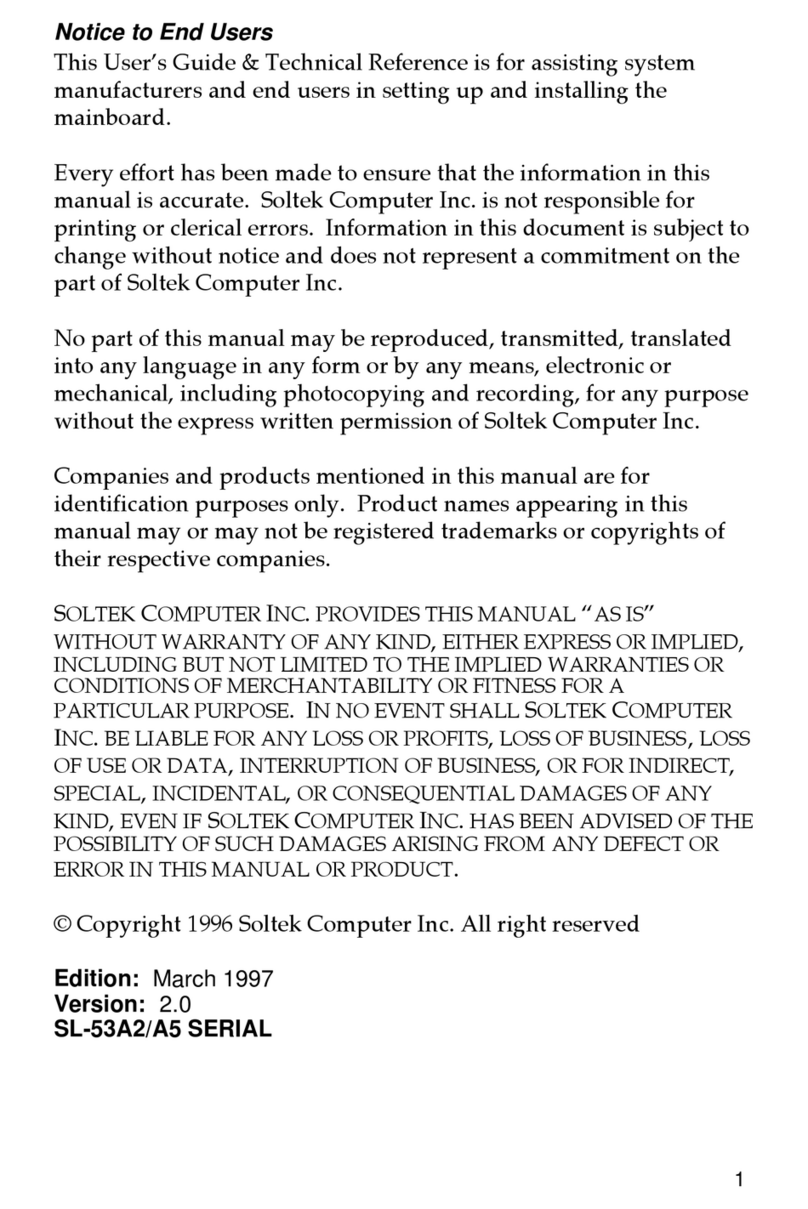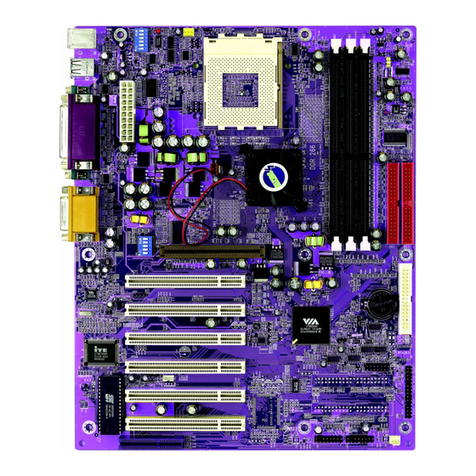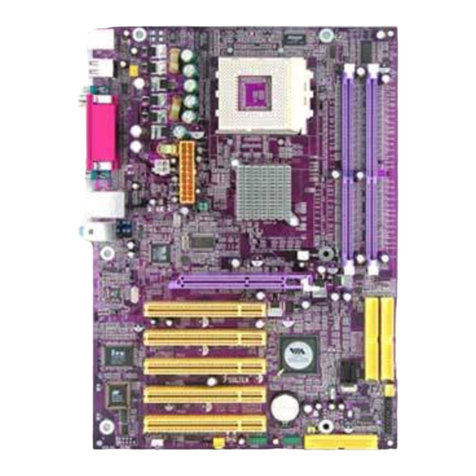SOLTEK SL-67FV1 User manual
Other SOLTEK Motherboard manuals

SOLTEK
SOLTEK SL-54A2 User manual
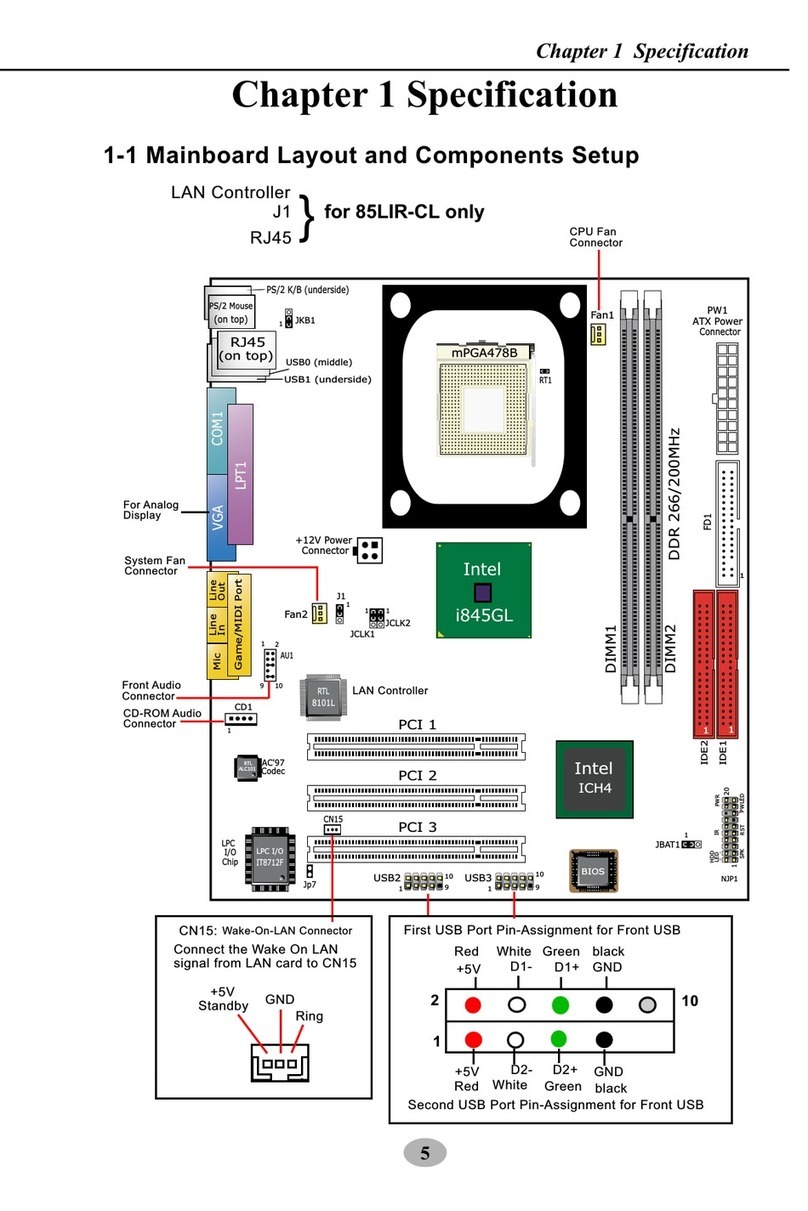
SOLTEK
SOLTEK 85LIR-C User manual
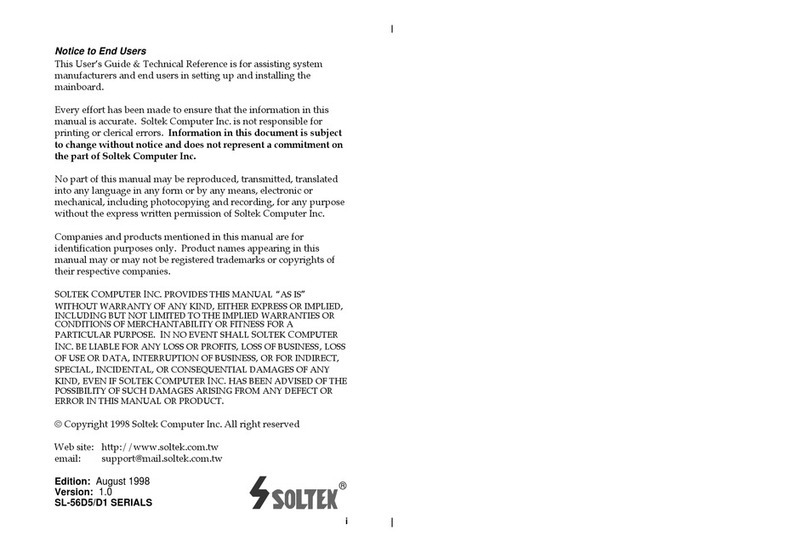
SOLTEK
SOLTEK SL-56D1 User manual
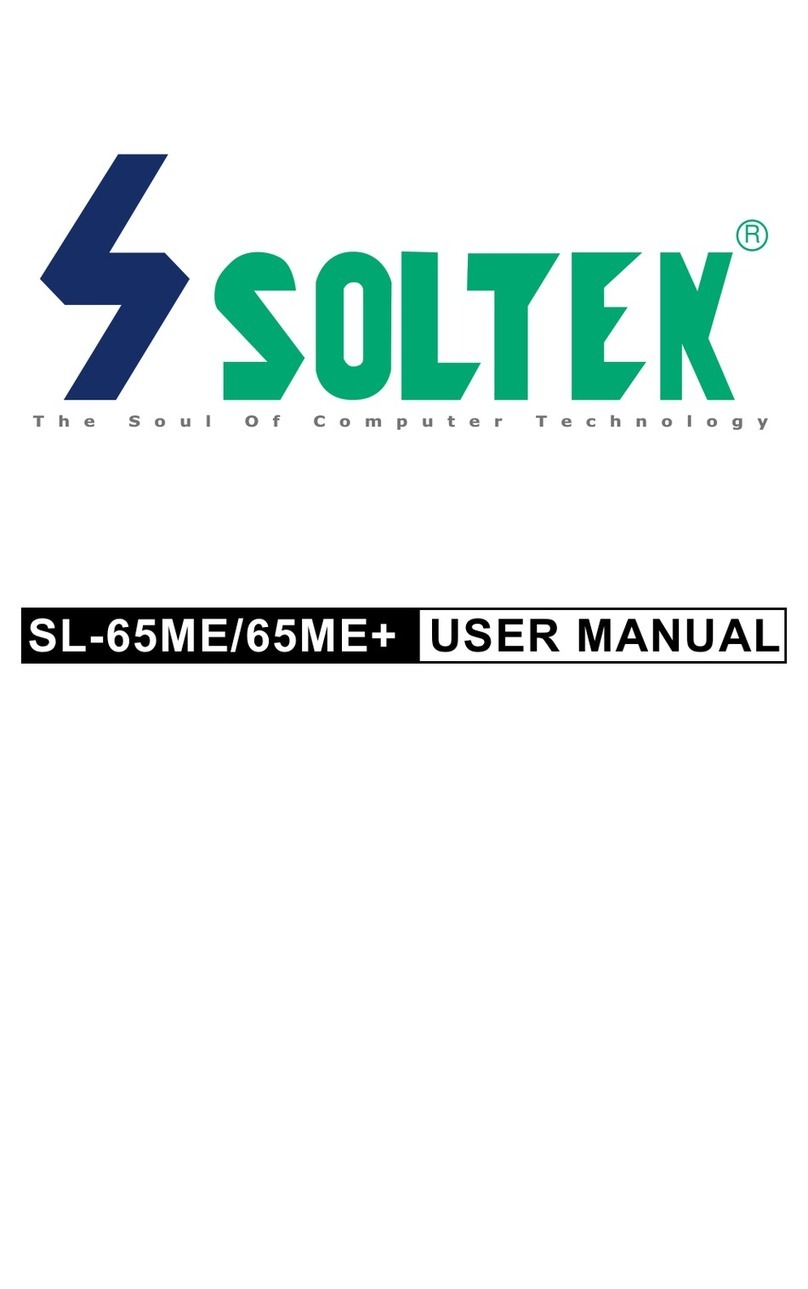
SOLTEK
SOLTEK SL-65ME User manual
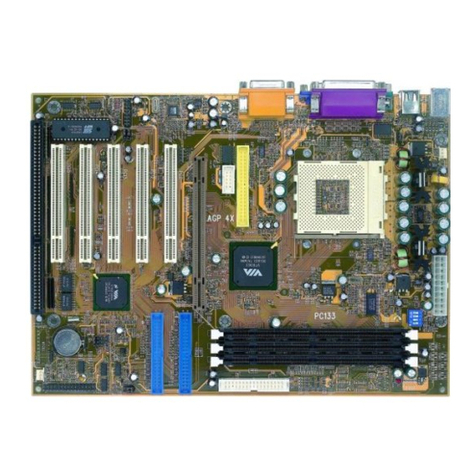
SOLTEK
SOLTEK SL-75KV User manual
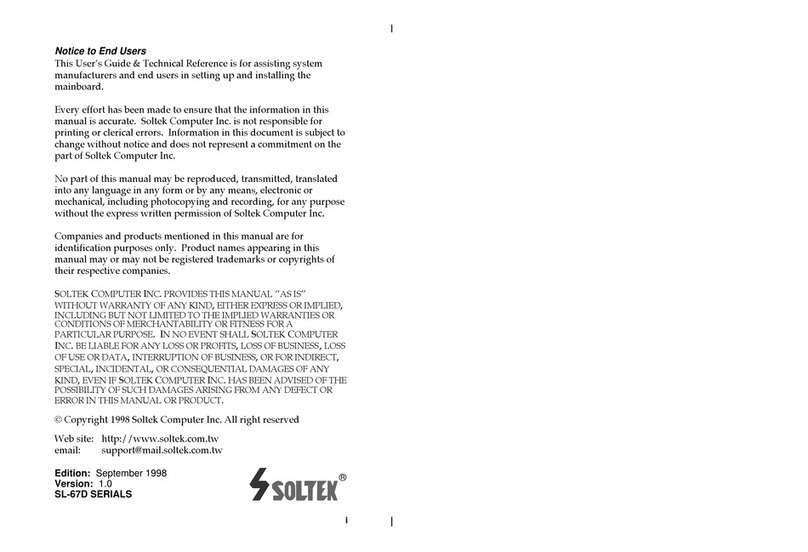
SOLTEK
SOLTEK SL-67D User manual
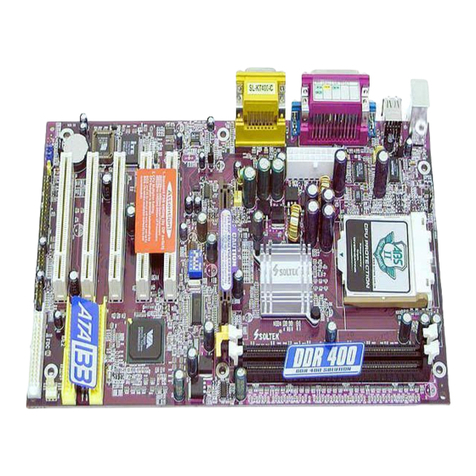
SOLTEK
SOLTEK KT400-C User manual
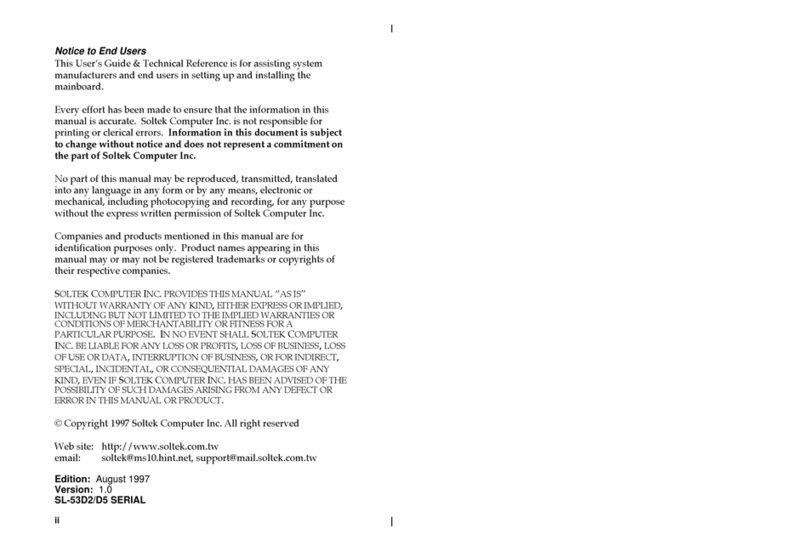
SOLTEK
SOLTEK SL-53D2 Use and care manual
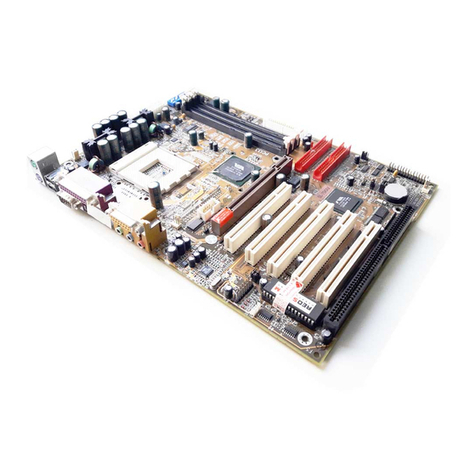
SOLTEK
SOLTEK SL-75KAV User manual
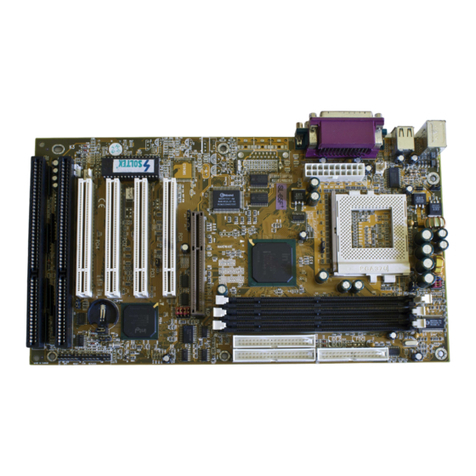
SOLTEK
SOLTEK SL-65F+ User manual
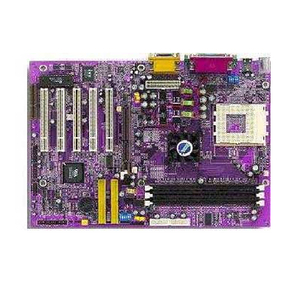
SOLTEK
SOLTEK SL-75DRV5 User manual
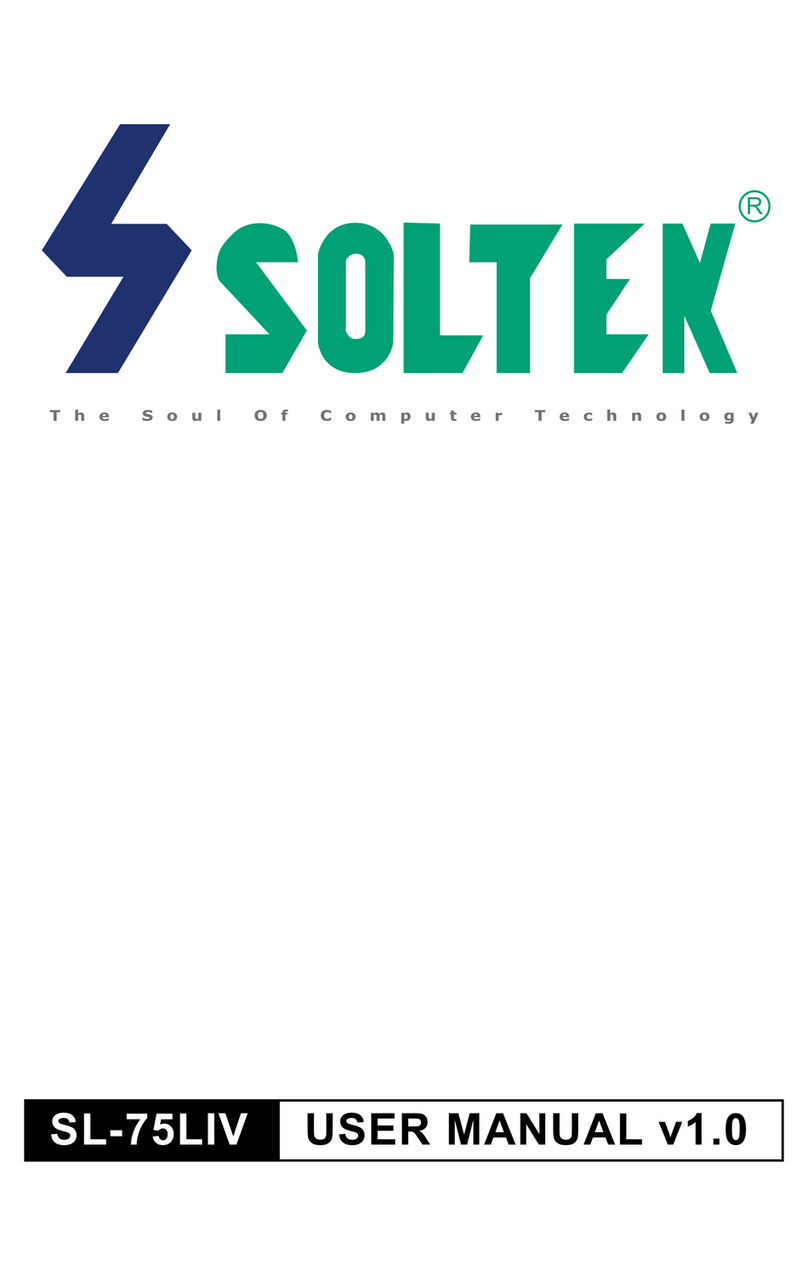
SOLTEK
SOLTEK SL-75LIV User manual
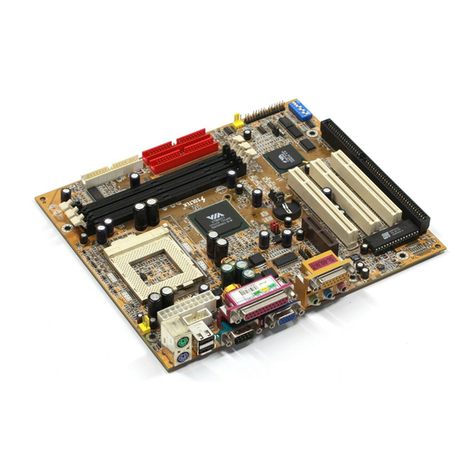
SOLTEK
SOLTEK SL-65LIV User manual
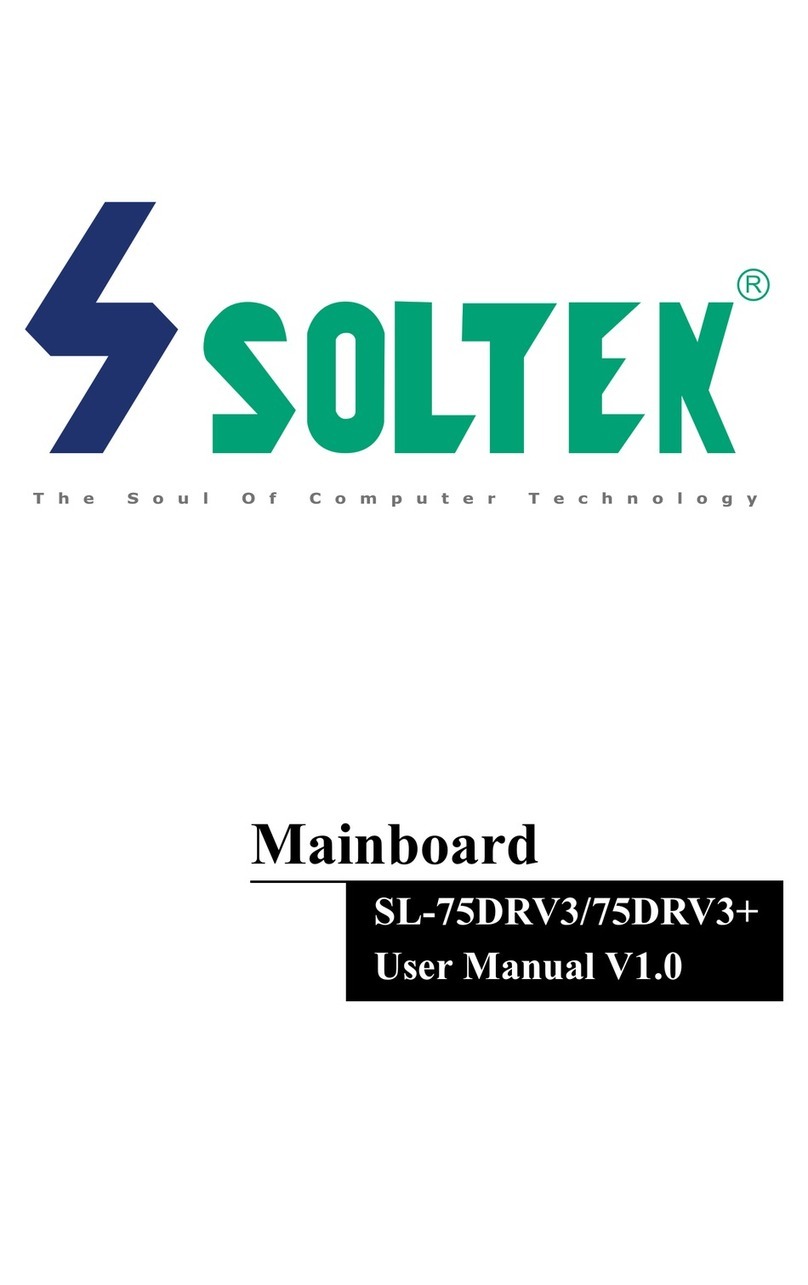
SOLTEK
SOLTEK SL-75DRV3/75DRV3+ User manual
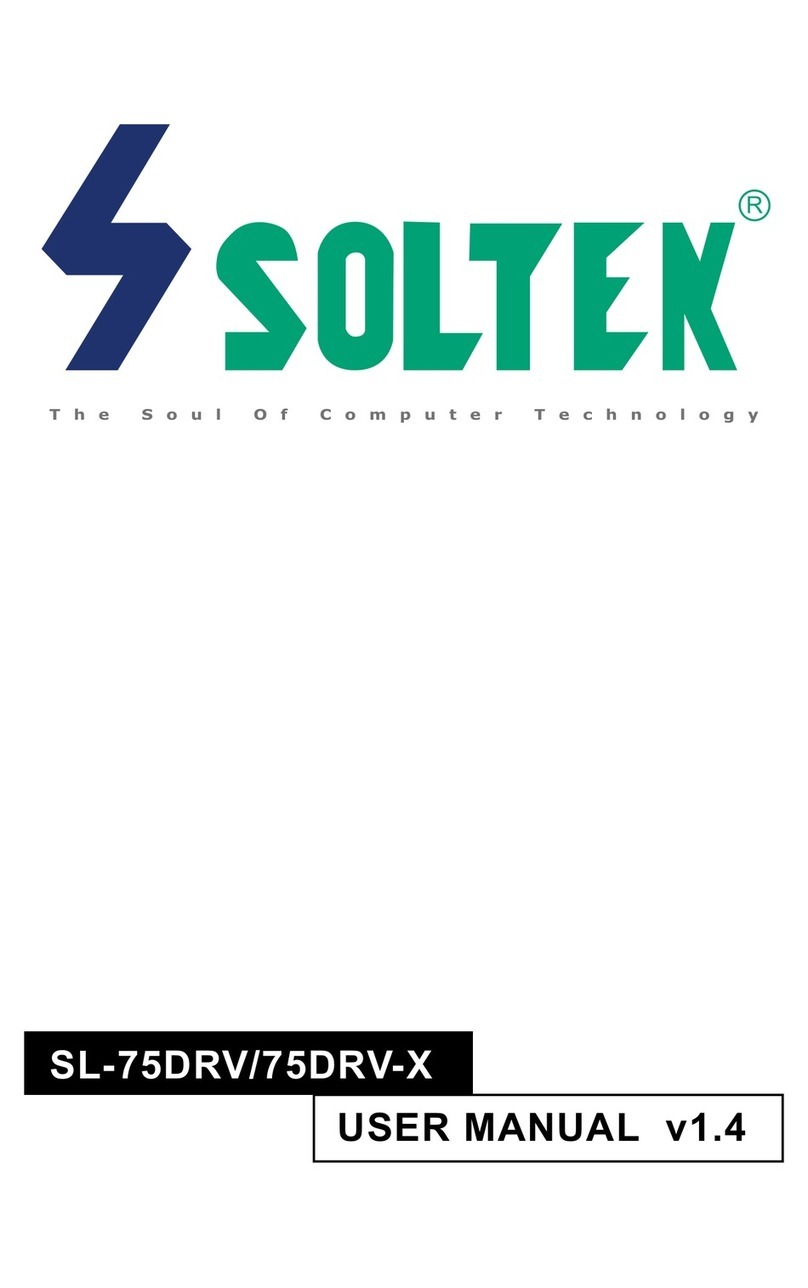
SOLTEK
SOLTEK SL-75DRV-X User manual
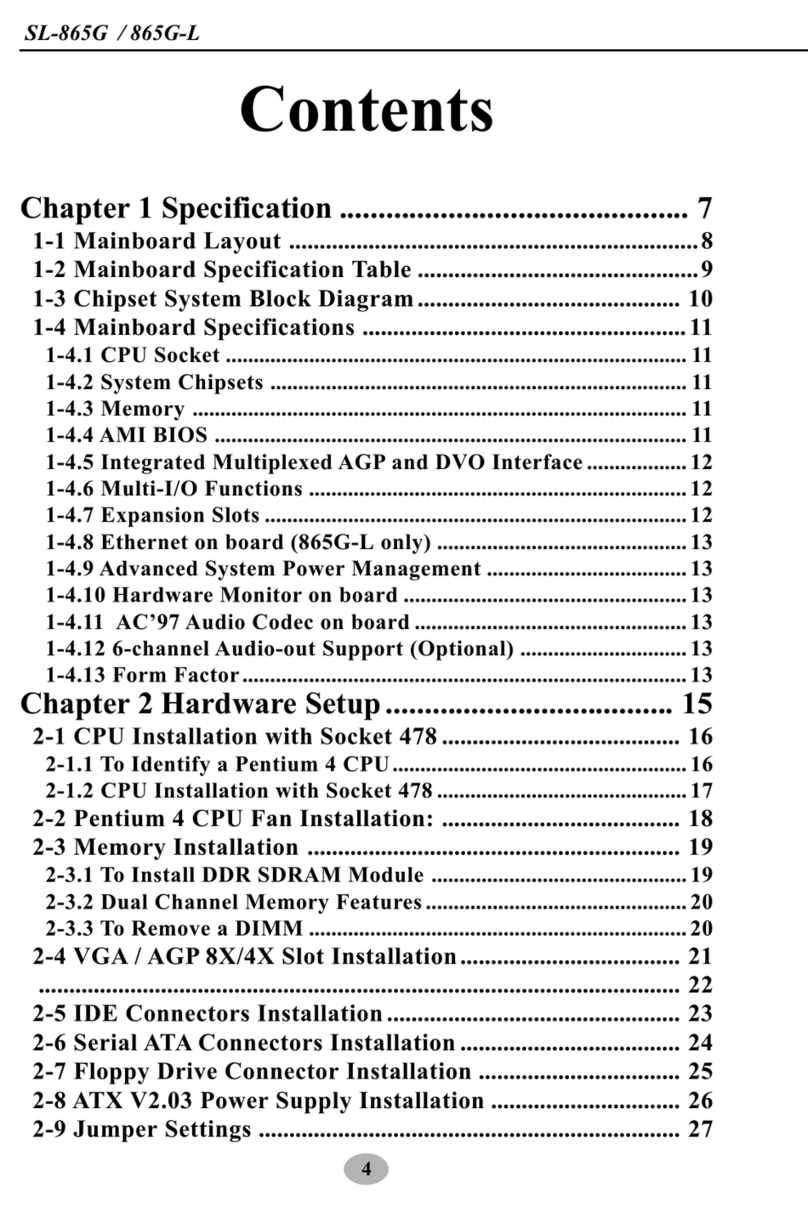
SOLTEK
SOLTEK SL-865G User manual
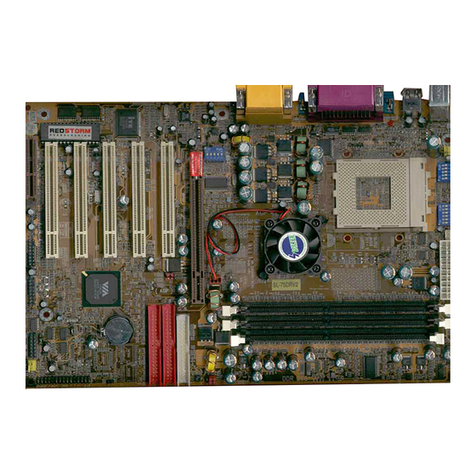
SOLTEK
SOLTEK SL-75DRV2 User manual

SOLTEK
SOLTEK SL-65MV Use and care manual
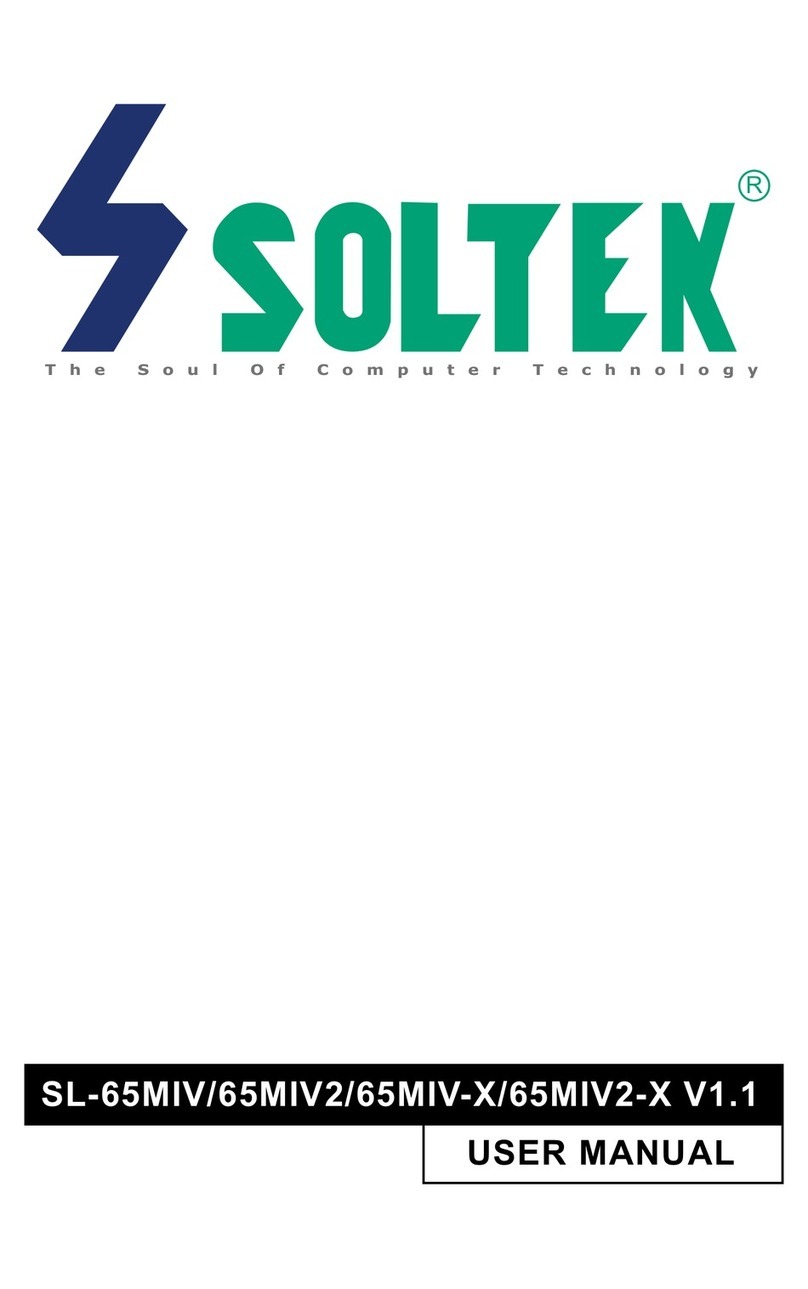
SOLTEK
SOLTEK SL-65MIV User manual
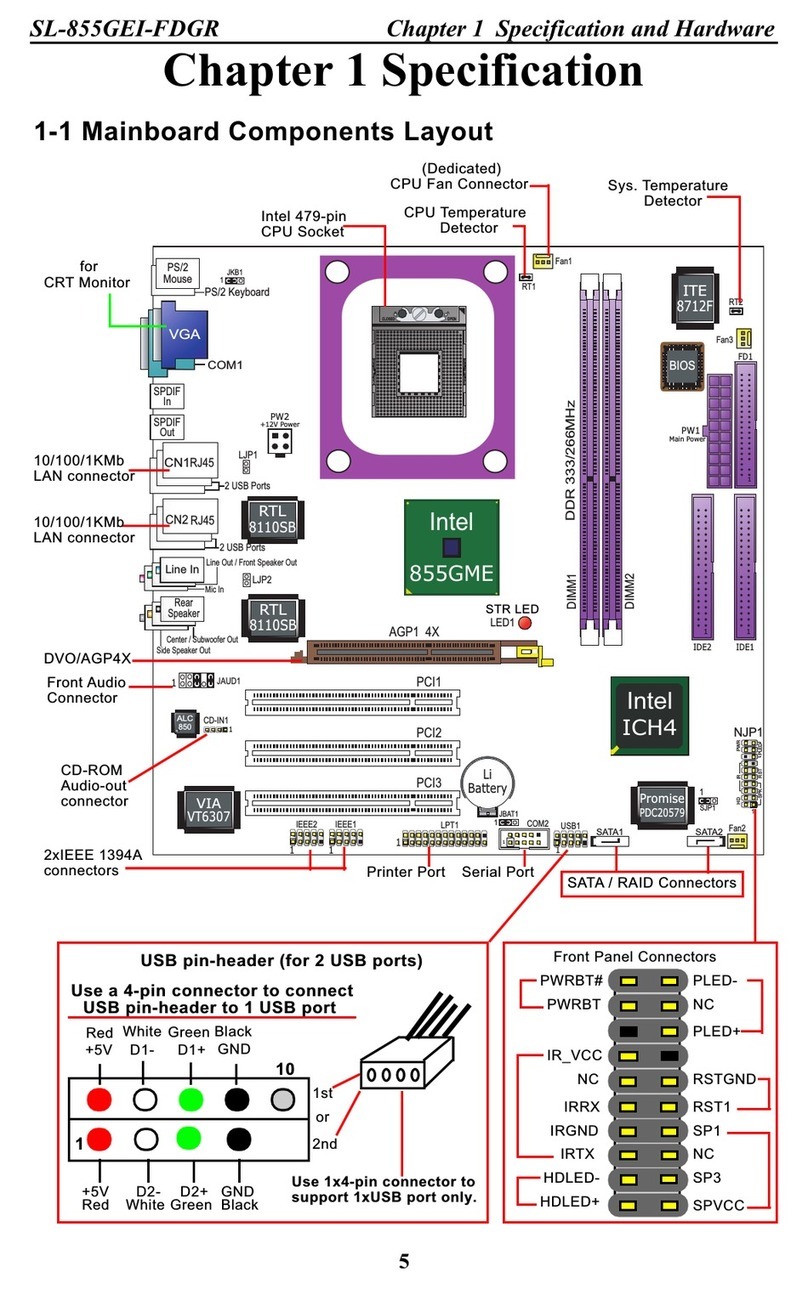
SOLTEK
SOLTEK SL-855GEI-FDGR User manual

